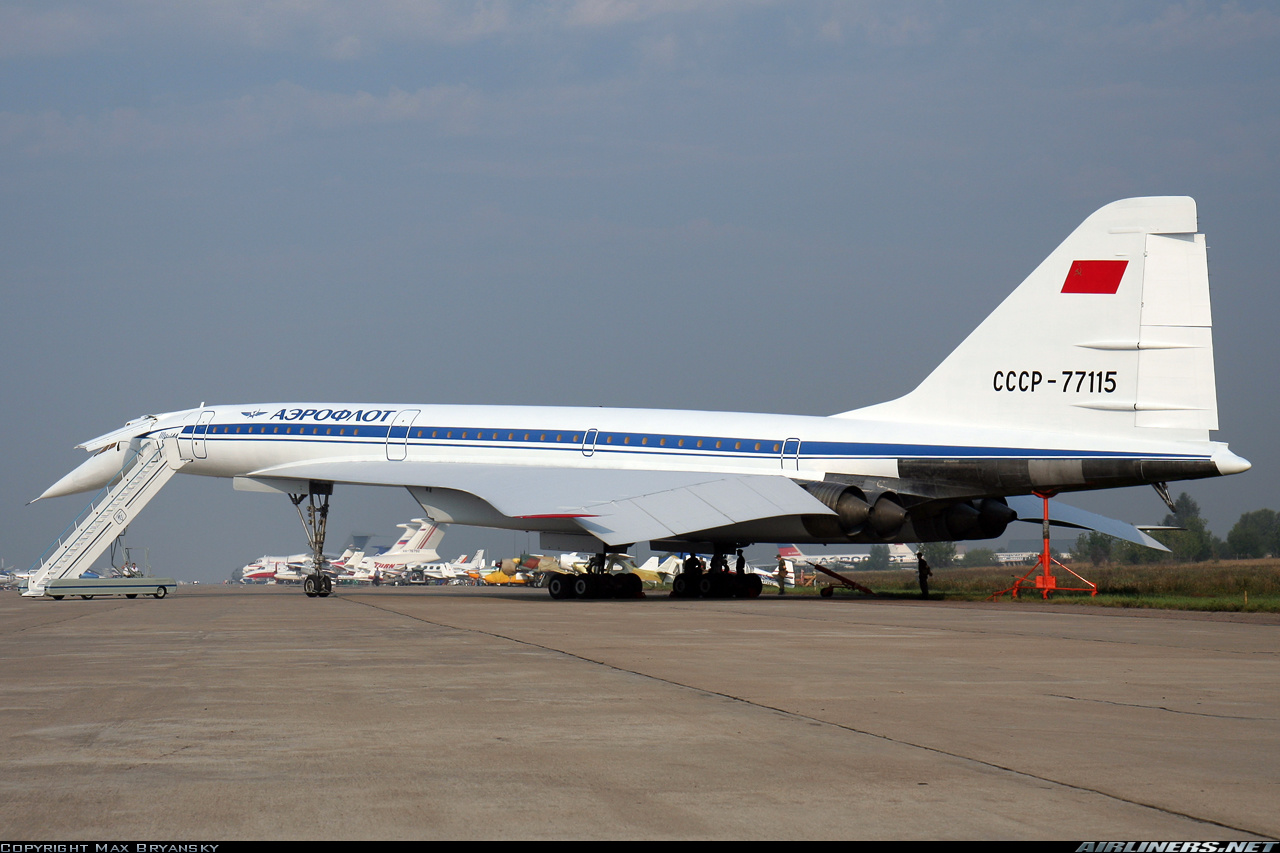
Tupolev Tu144D Aeroflot Aviation Photo 1253866
While 'Concordski' did see airline service on domestic flights in the Soviet Union with Aeroflot, Concorde entered service before the Tu-144 and went on to be the only successful Supersonic airliner, operating 27 years for Air France and British Airways. Of the 16 Tu-144s built, those that survived can be seen in Museums.
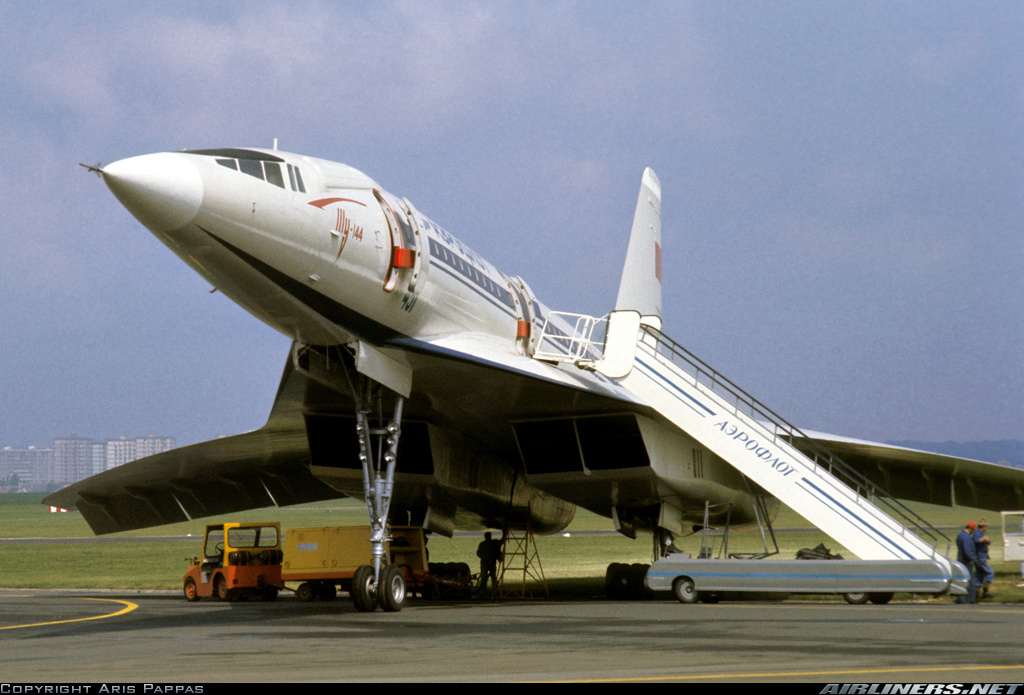
Tupolev Tu144 Aeroflot Aviation Photo 1482106
Aeroflot. This was the second aircraft used for regular passenger flights. It was shown at the 1977 Paris Air Show, which was the last visit for a Tu-144 to the West. 06-1 was the last Tu-144S build. 314 flying hours. 06-2: CCCP-77111: Tu-144D: Crashed at Yegoryevsk, 23 May 1978. Aeroflot. First production D model powered by Koliesov RD-36-51A.
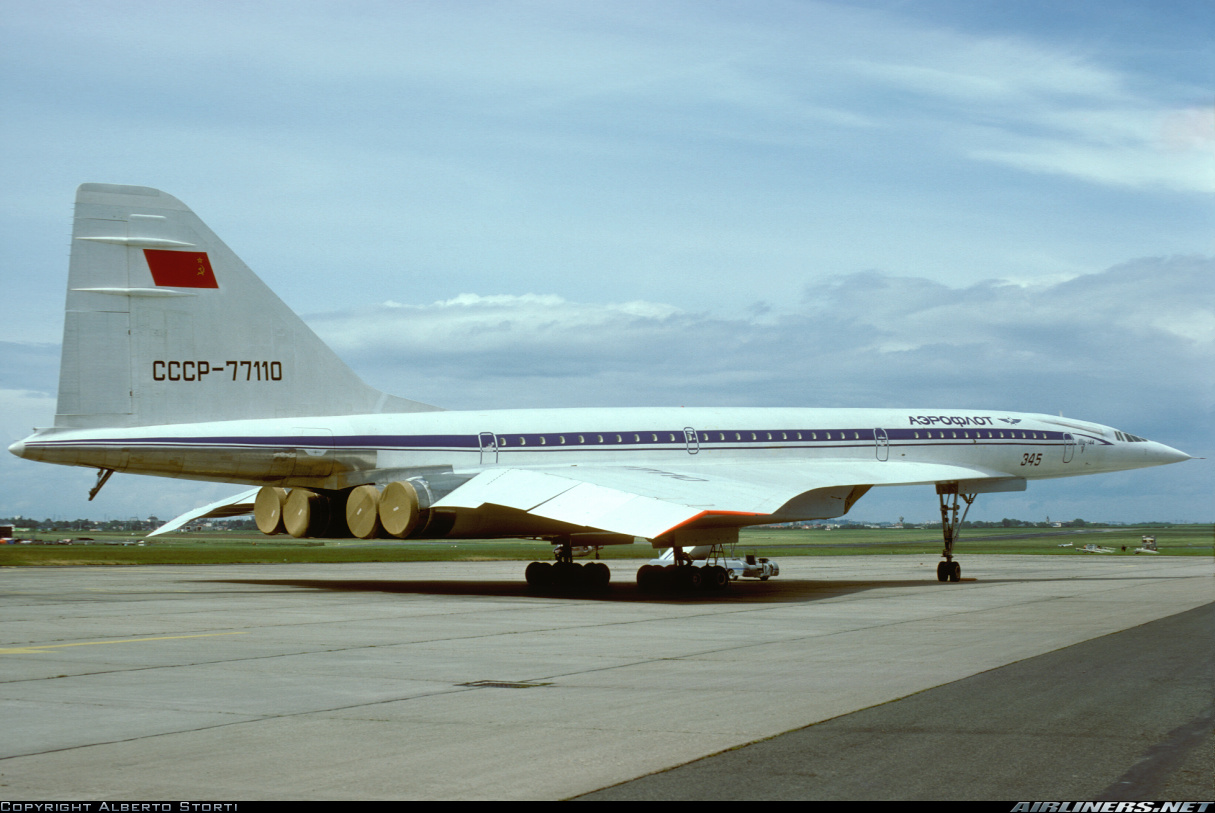
Tupolev Tu144 Aeroflot Aviation Photo 1777162
Soviet national flag carrier Aeroflot introduced the plane into passenger service on December 26, 1975, flying between Moscow and Almaty in Kazakhstan. Less than three years later, Aeroflot removed the Tu-144 from service following a second crash of the supersonic jet on May 23 1978.
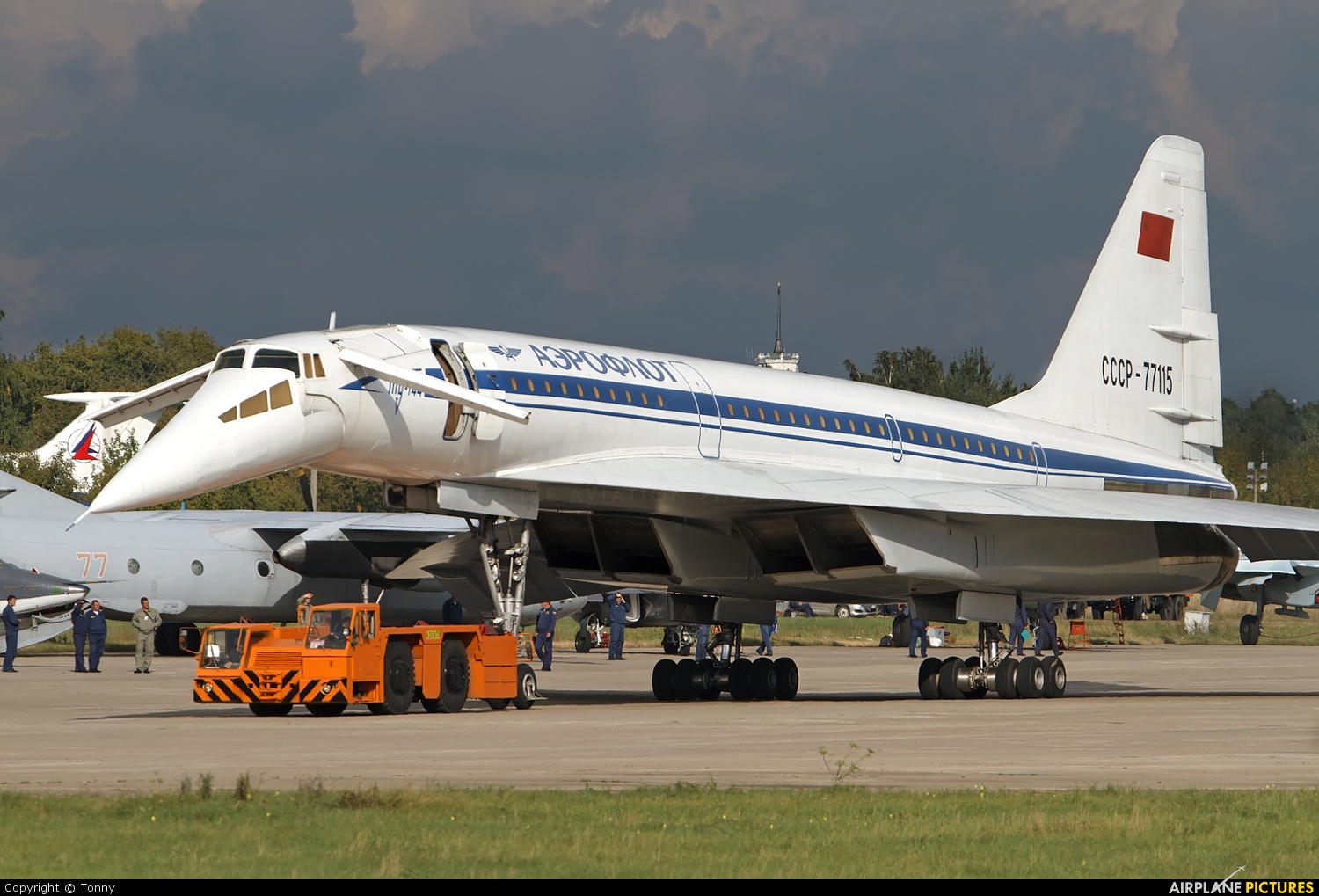
CCCP77115 Aeroflot Tupolev Tu144 at Ramenskoye Zhukovsky Photo
Published Oct 14, 2021 The Tupolev Tu-144 didn't fly for long. However, being the first supersonic commercial plane to hit the skies, there were several factors to consider when designing the aircraft before it was introduced in 1975. The first to the post British-French turbojet Concorde flew for the first time on March 2nd, 1969.
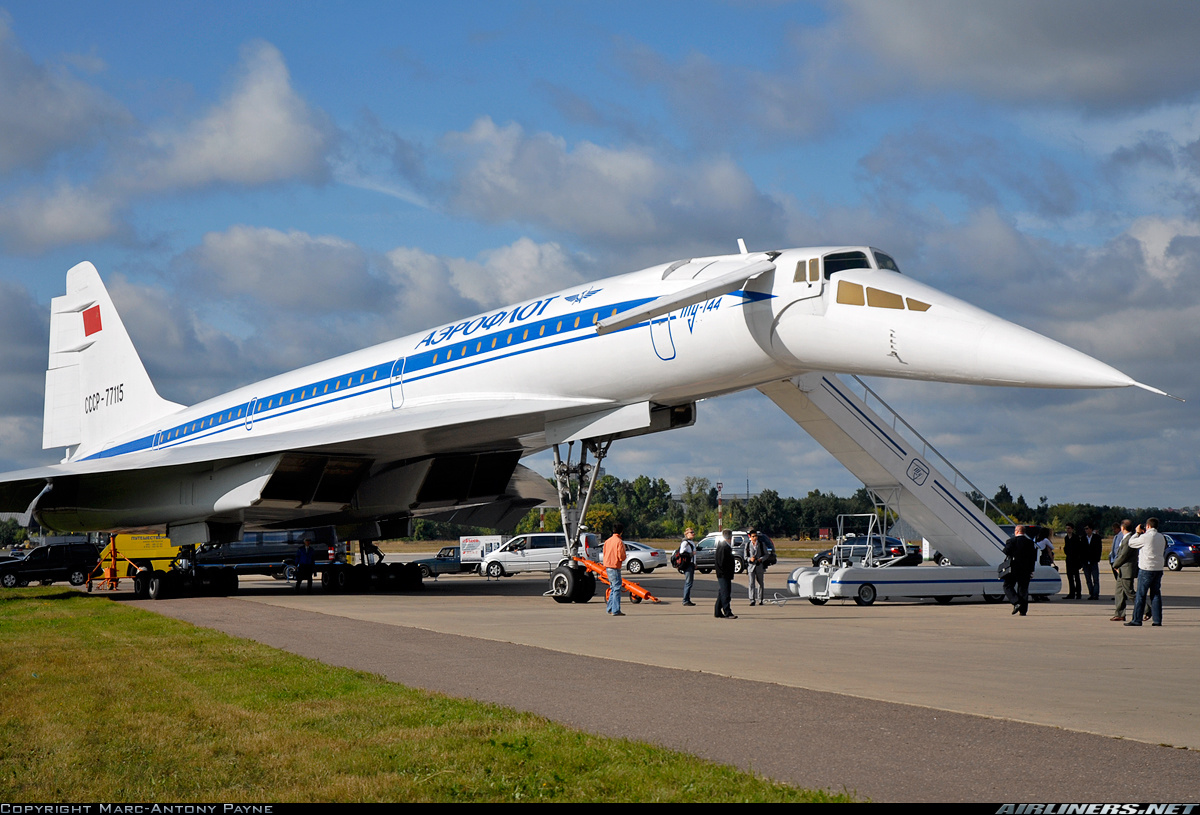
Tupolev Tu144D Aeroflot Aviation Photo 2065447
Around January 25, 1978, an Aeroflot Tu-144 flight operating from Moscow to Alma-Ata (Almaty) experienced multiple onboard systems failures before taxiing for takeoff. Onboard the flight, there were numerous foreign journalists and other important foreign figures.
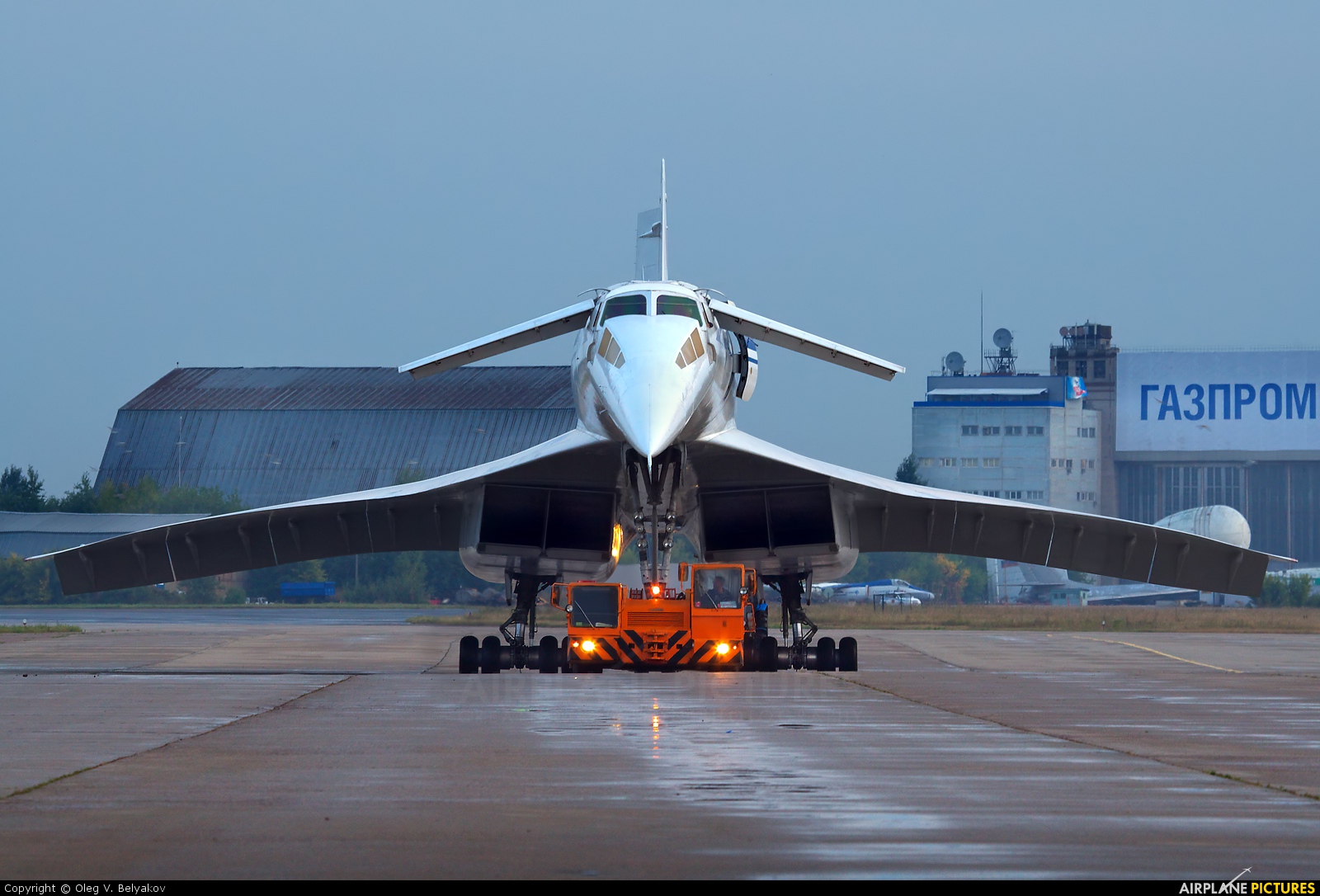
CCCP77115 Aeroflot Tupolev Tu144 at Ramenskoye Zhukovsky Photo
The aircraft was a supersonic Tupolev Tu-144D, registered СССР-77111, built at the Voronezh Aircraft Production Association facility and destined for Soviet flag carrier Aeroflot. It had first flown on 27 April 1978 and completed test flights on 12 May, 16 May, and 18 May, as well as another test flight earlier on the day of the accident.
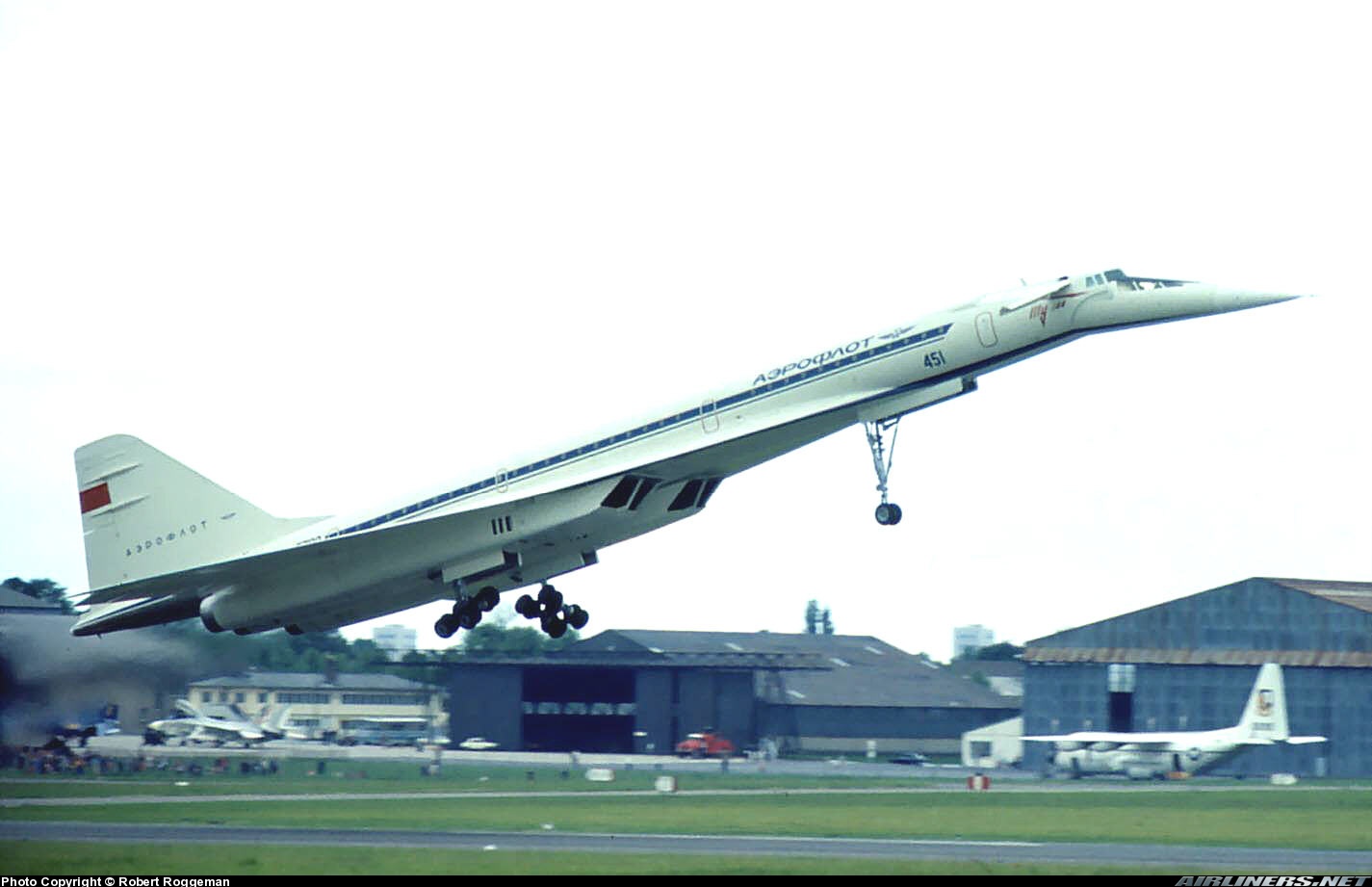
Tupolev Tu144 Aeroflot Aviation Photo 0852974
Aeroflot would continue some flights to Alma-Ata and also open a route to Khabarovsk (far east Russia) using a particular long-range version of the aircraft (Tu-144D). The plane was officially canceled on 1 July 1983. The range of the Tu-144 (bright areas), and the two routes it operated. Photo: GCmaps What was it like to fly onboard?
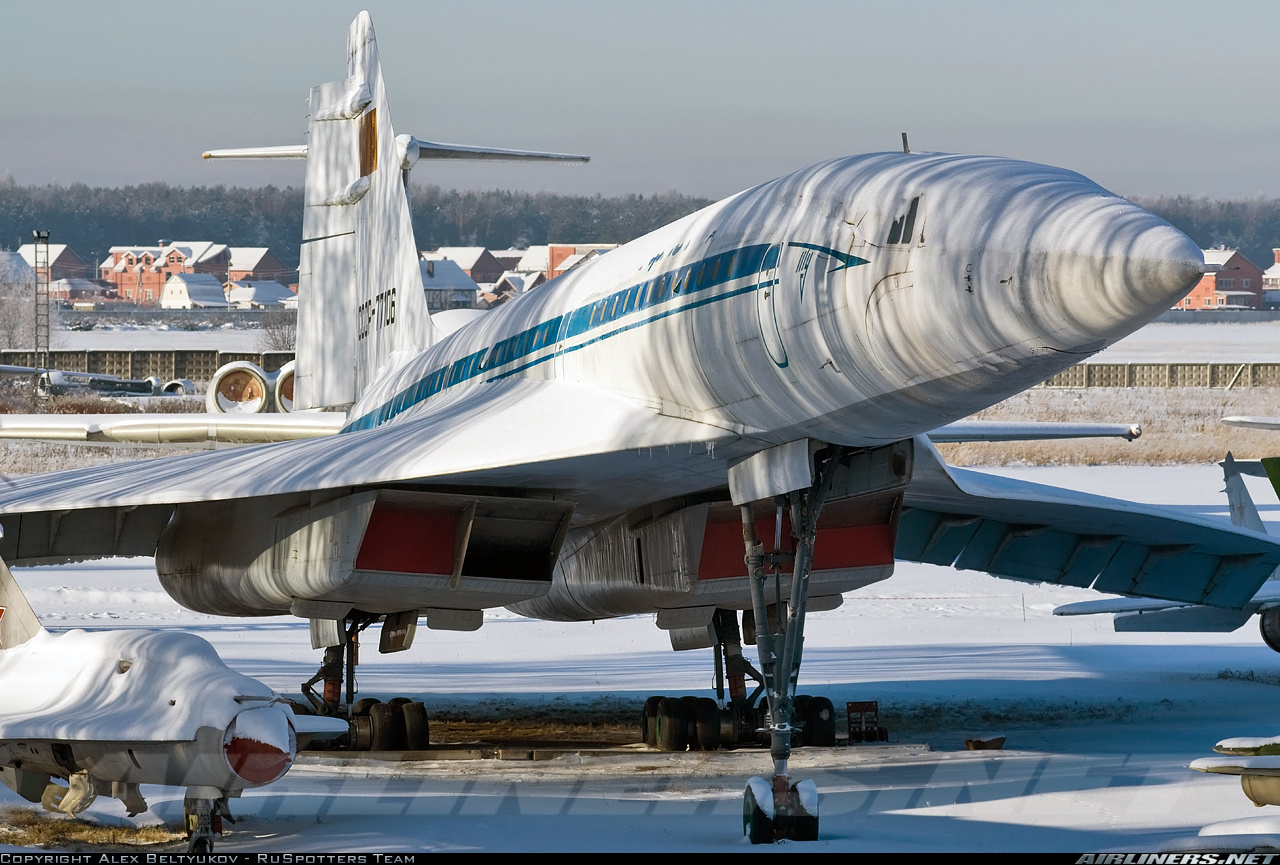
Tupolev Tu144 Aeroflot Aviation Photo 1650143
The Tupolev Tu-144 was the Soviet rival to the Anglo-French Concorde, but its rushed development made it notoriously unreliable and unpleasant to fly. AFP/AFP/AFP/Getty Images The plane's.

Tupolev Tu144 Aeroflot Aviation Photo 1053775
Published Apr 24, 2020 Before the Concorde, there was the Tu-144. The Soviet Union's answer to supersonic travel was unexpected, rudimentary, and full of flaws, but it captured the heart of a nation and earned its place in the history books in 1968 as Concordes' true rival. What was the Tu-144?
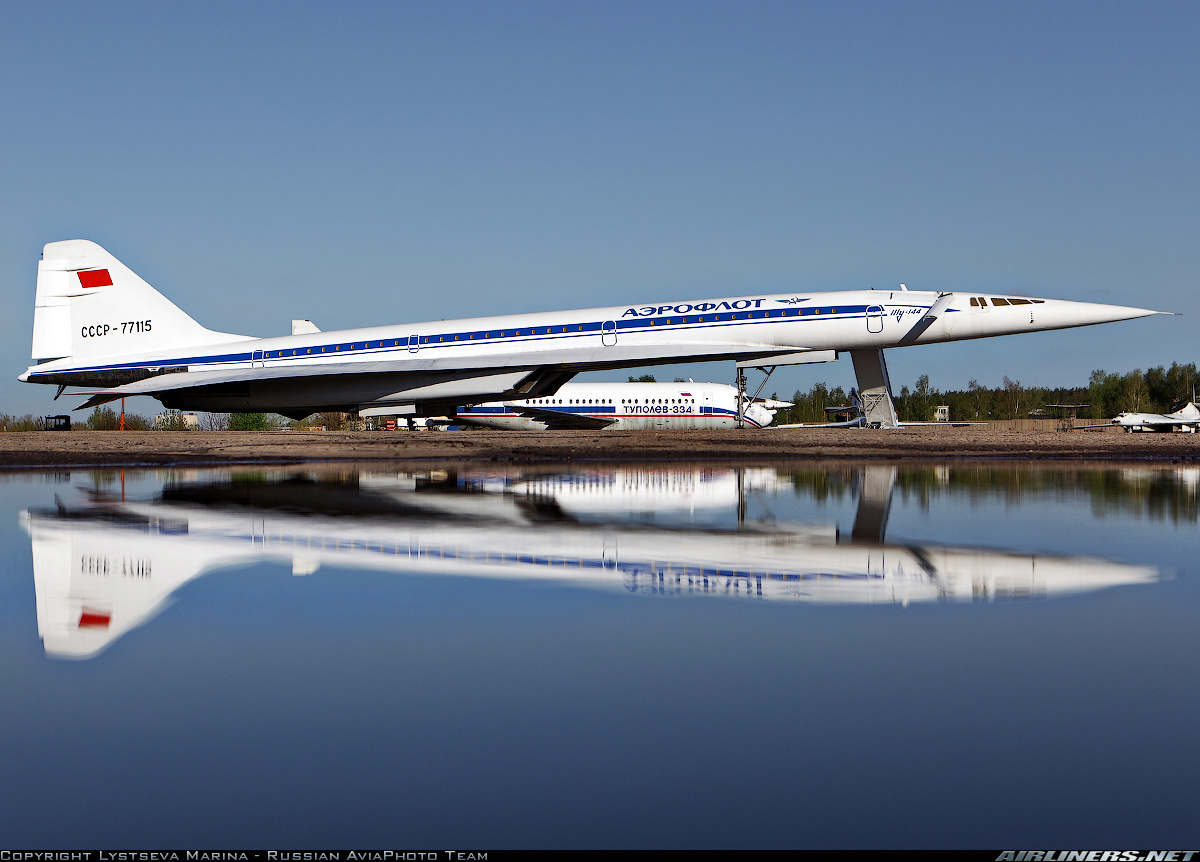
Tupolev Tu144D Aeroflot Aviation Photo 2165778
The Tu-144S entered service with Soviet state carrier Aeroflot on December 26, 1975, and was first used for mail flights between Moscow and what is now called Almaty in Kazakhstan. A passenger service using the Tu-144 commenced just under two years later, in 1977.
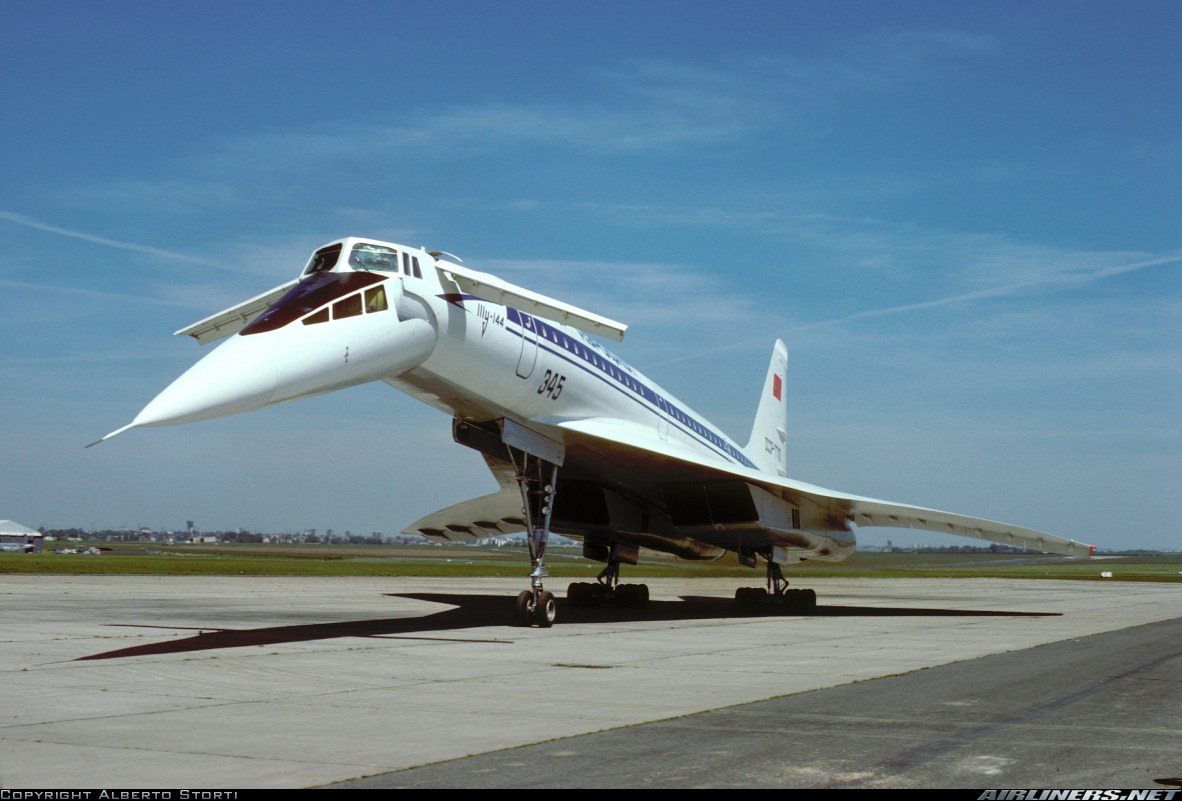
Tupolev Tu144 Aeroflot Aviation Photo 1742456
It is the Tupolev Tu-144, the communist Concorde, and the first passenger aircraft to fly more than twice the speed of sound. Its first flight comes three months before Concorde takes to the.

Tupolev Tu144D Aeroflot Aviation Photo 1586601
Breaking both records the Concorde seemingly claims, the Soviet Tupolev 144 was the first supersonic commercial design aircraft to break the sound barrier and the first to begin passenger services. Why then, is the Tu-144 so frequently neglected?
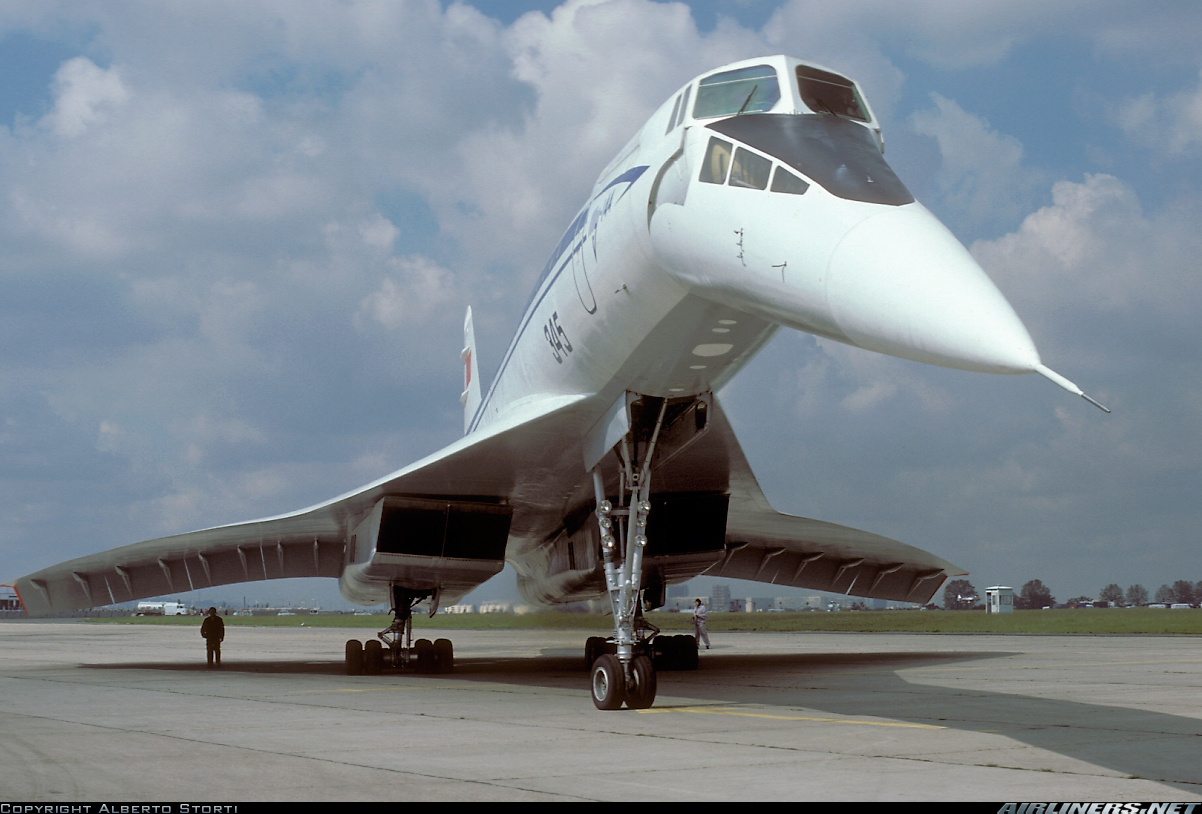
Tupolev Tu144 Aeroflot Aviation Photo 2063757
Aeroflot briefly operated the supersonic Tupolev Tu-144. Photo: Sumit Singh | Simple Flying I recognized the distinct dipped nose from a distance. Photo: Sumit Singh | Simple Flying Only 16 units of the Tu-144 were produced by the Voronezh Aircraft Production Association in Voronezh.
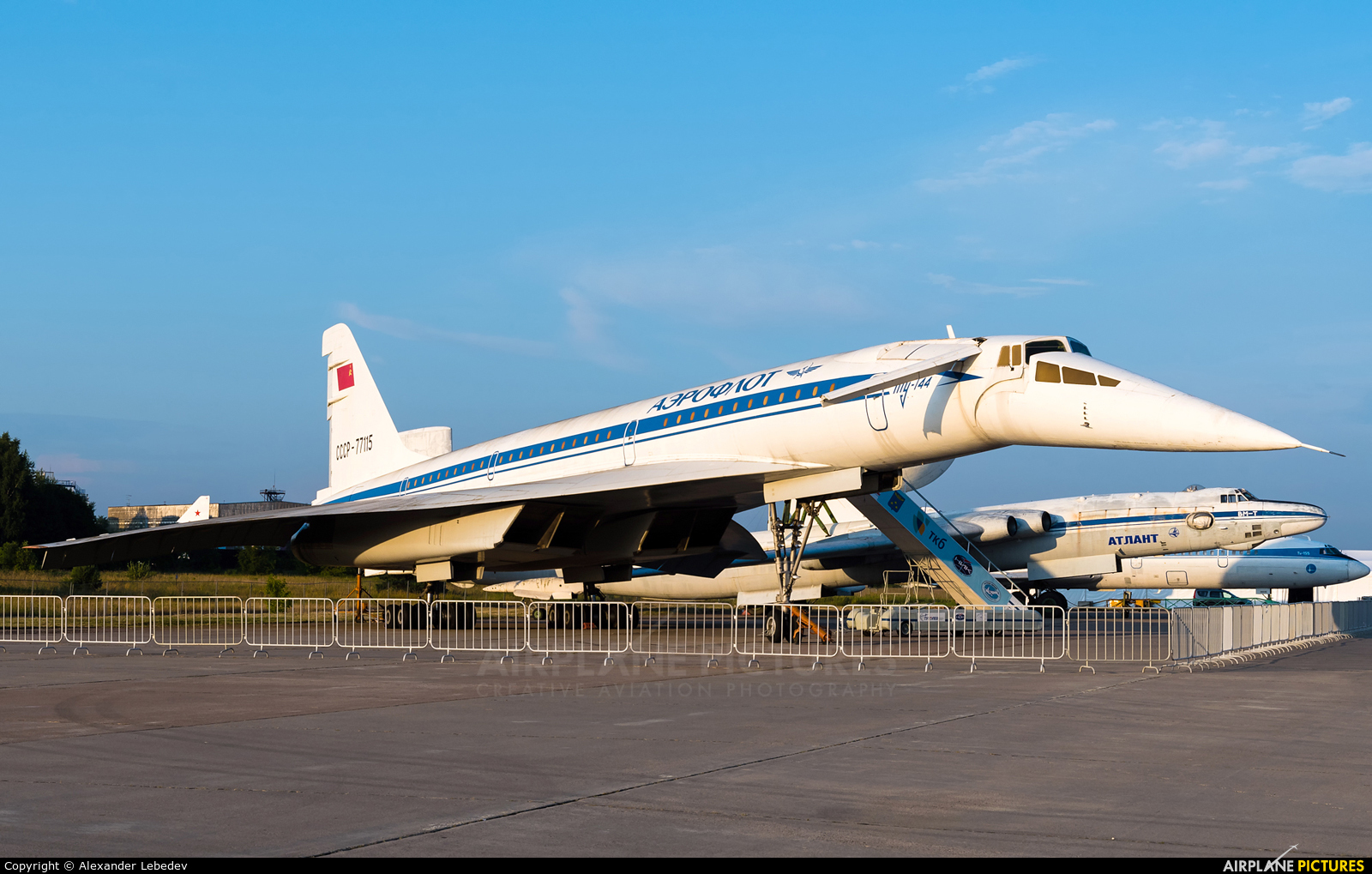
CCCP77115 Aeroflot Tupolev Tu144 at Zhukovsky International Airport
The Tupolev Tu-144 ( Russian: Tyполев Ту-144; NATO reporting name: Charger) is a Soviet supersonic passenger airliner designed by Tupolev in operation from 1968 to 1999. [2]

CCCP77115 Aeroflot Tupolev Tu144 at Ramenskoye Zhukovsky Photo
The Russian-built Tu-144 was the first supersonic passenger plane ever to fly, but it came with some flaws built-in. Bigger, heavier, and less technologically advanced than Concorde, it blotted its copybook with a spectacular crash at the Paris Air Show. When it did enter passenger service, it was a horrific passenger experience.
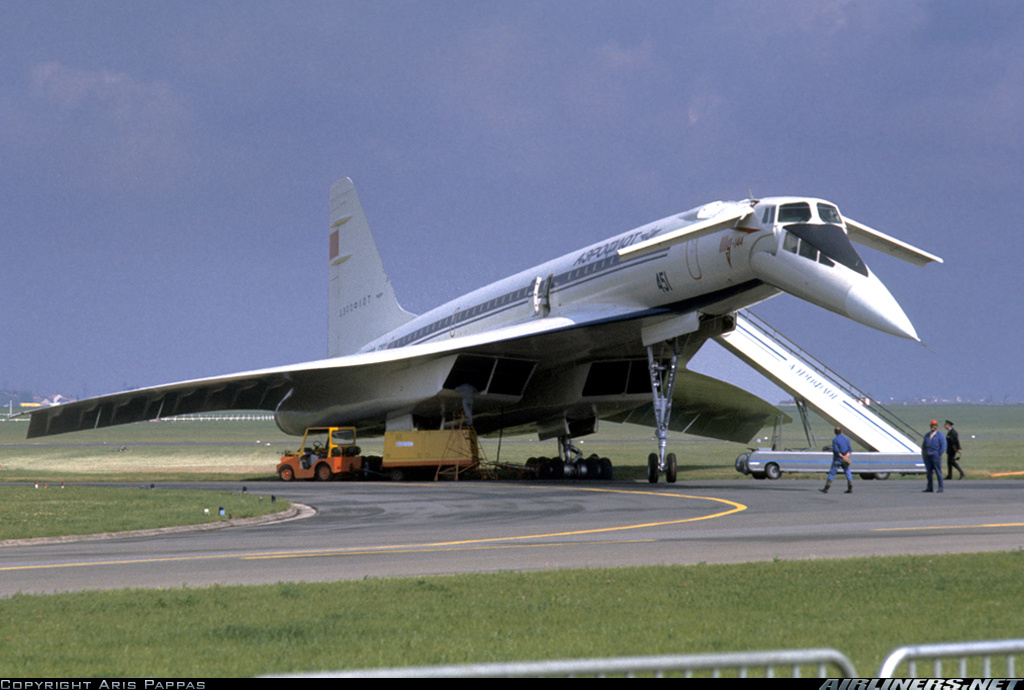
Tupolev Tu144 Aeroflot Aviation Photo 1482740
Though officially designed to meet an Aeroflot requirement for a high-speed airliner, the ill-fated Tu-144 was built primarily as a statement of Soviet national pride. In so doing, the Soviets could claim parity with Western powers designing the competing Concorde and a possible American supersonic transport. Although outwardly similar to the.